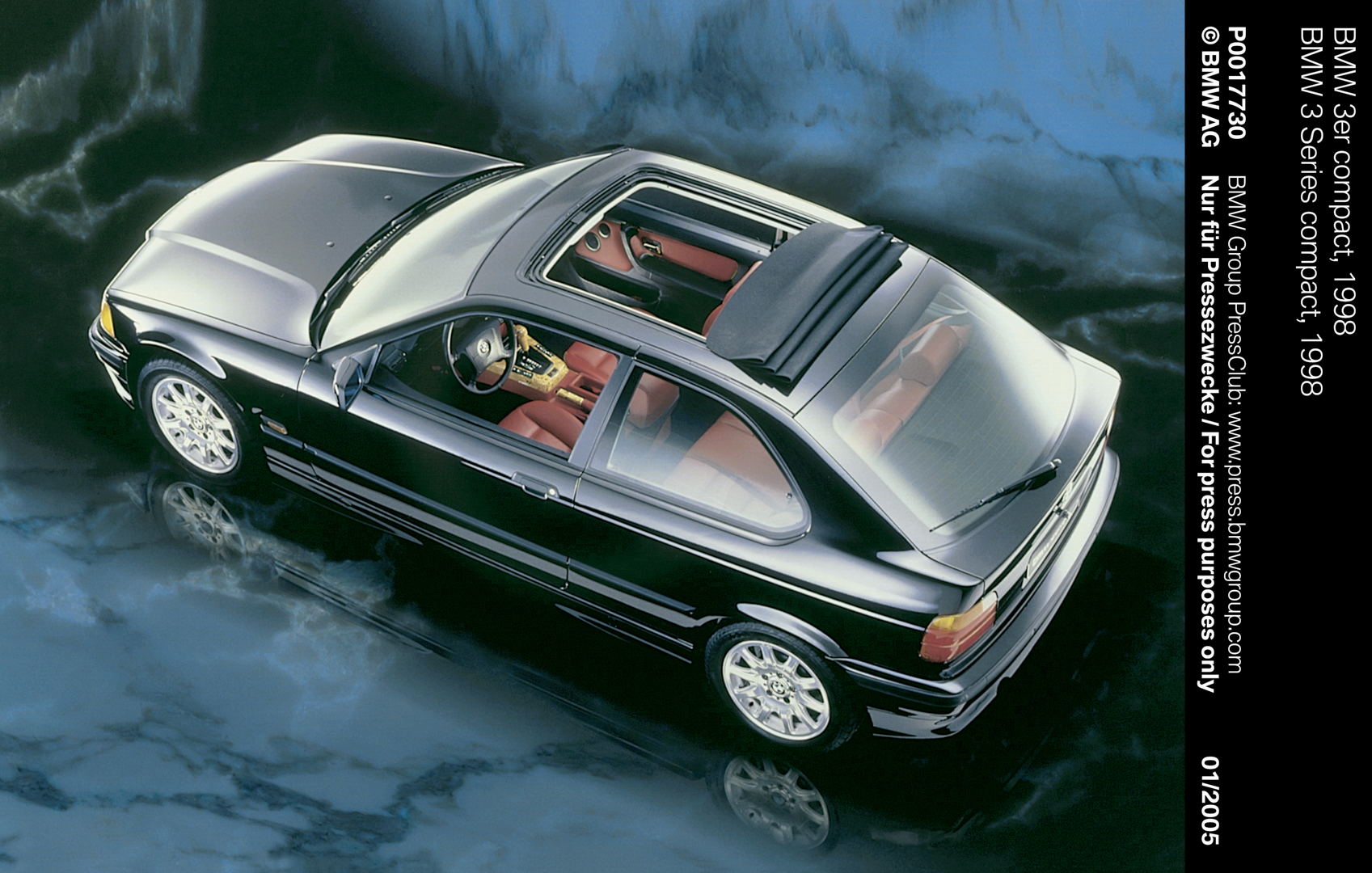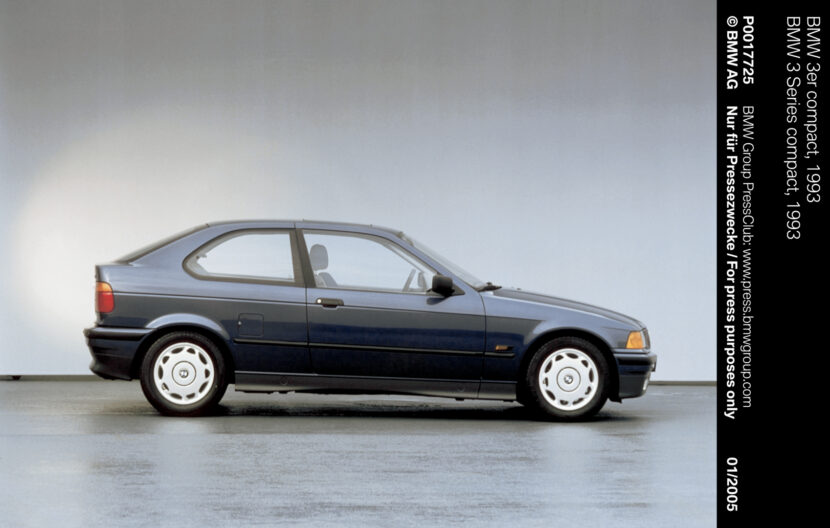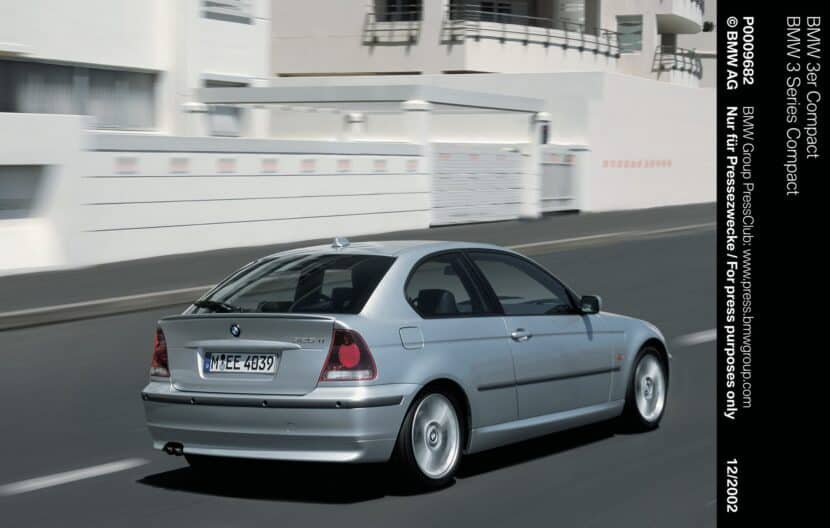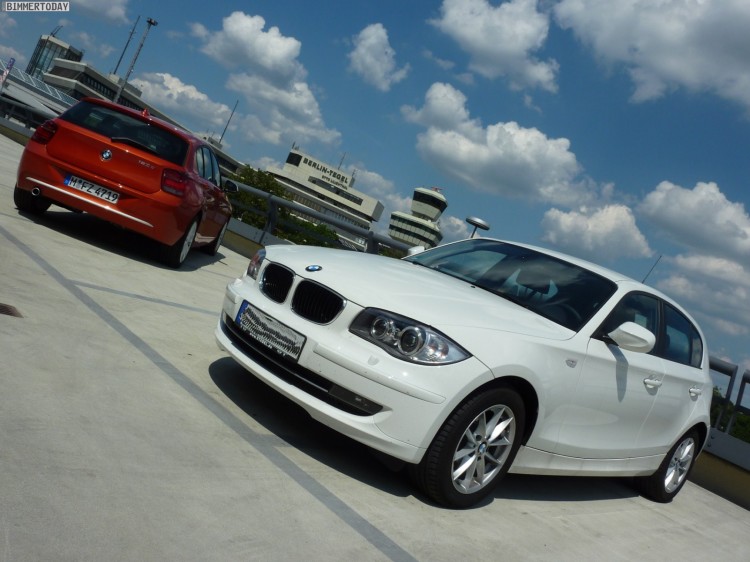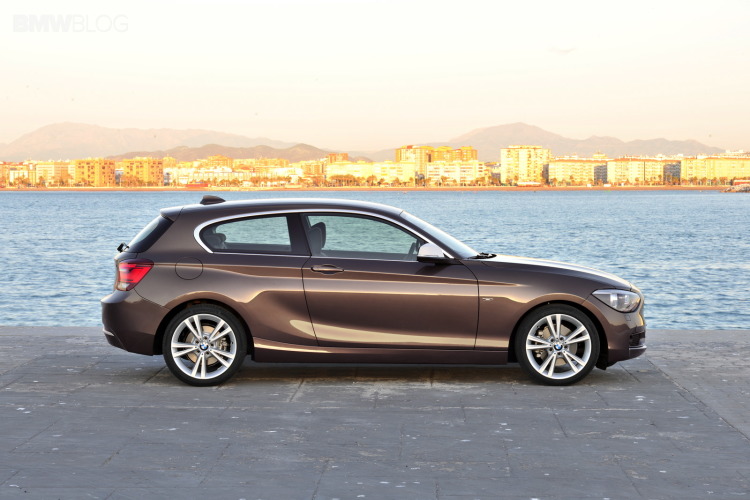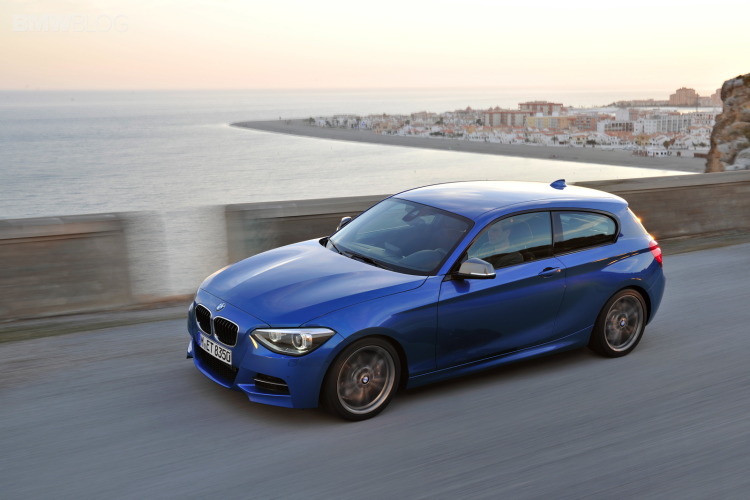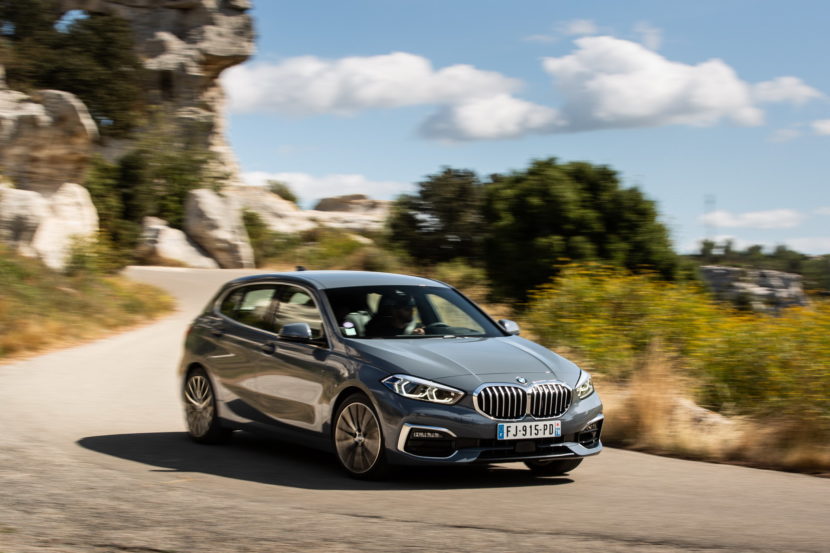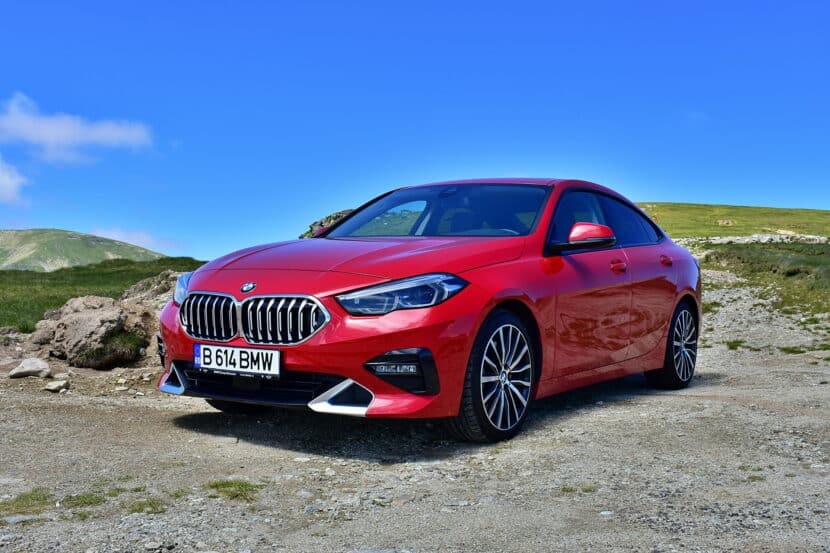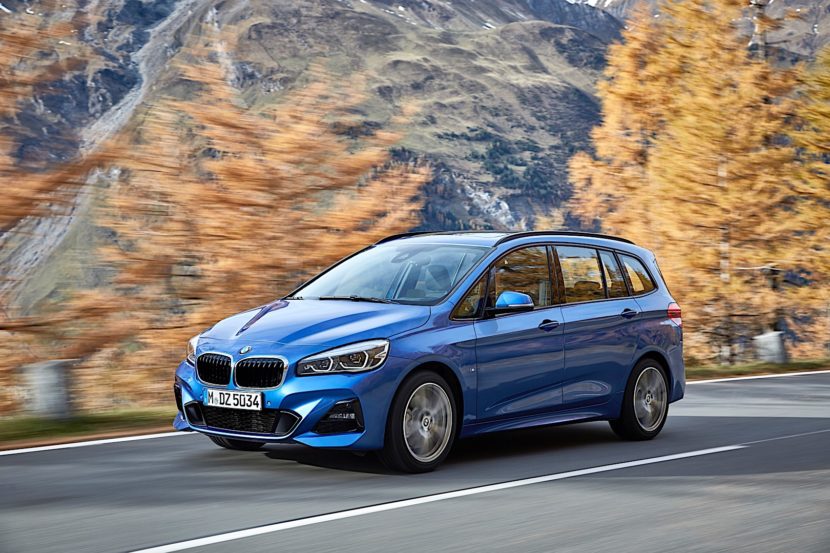Even though the first BMW to officially be called a 1 Series debuted in 2004, the manufacturer was making compact versions of its models over a decade before. The formula was always the same: take a platform that you build bigger cars on, shorten it, give it a more youthful exterior design, and then equip it with an interior that doesn’t feel quite as good as in the larger cars.
Following in the footsteps of its main competitors, the latest iteration of the 1 Series has gone front-wheel drive. BMW hasn’t implemented a name change, though, even if it has changed the formula, and the 1 Series remains the entry-level BMW for those who want to experience this brand’s unique blend of qualities but in a smaller, more affordable (and now front-wheel drive) package. Let’s look back at all the models that have led up to the modern-day BMW 1 Series and its derivatives, and how the formula has evolved over time.
E36 Compact
The E36 3 Series Compact was launched in 1994 as the first BMW hatchback for over two decades. Its front part until the A-pillar was identical to the larger E36 models, but the design of the greenhouse after that point was quite different. It was only available as a three-door hatchback and one way BMW was able to make it cheaper than the big 3 Series was by using the semi-trailing arm rear suspension design from the older E30. This apparently made the vehicle quite eager to turn, so even though it didn’t have much horsepower, you could fairly easily provoke oversteer.
Initially available with 1.6- and 1.8-liter four-cylinder engines and one 1.7-liter diesel, the E36 Compact gained the much spicier M52 2.5-liter inline-six in 1997. This model was dubbed the 323ti, and it was the most powerful variant made, with 168 horsepower that could propel it from 0 to 100 km/h in 7.8 seconds and on to 143 mph (230 km/h) flat out. There was also a very cool one-off M3 Compact built by BMW’s Motorsport division in 1996 to celebrate the 50th anniversary of the German car magazine Auto, Motor und Sport, but there were never any plans to build more.
E46 Compact
After the E36 Compact was discontinued in 2000, it was replaced that same year with the E46 Compact, which kept much of its formula unchanged. It was still built on a shortened version of the platform that underpinned the 3 Series, but it had unique front end styling (with a split headlight design), as well as a unique set of rear lights.
It grew in size by 25 mm (1 inch), and it was marginally roomier inside, but it was still only available as a three-door hatch. Most of its engines were still four-cylinder, ranging from 1.6 to 2 liters but it also received a more powerful M54 2.5-liter six-cylinder with 189 horsepower. Interestingly, the second-quickest variant was not another gasoline engine but the 320td diesel with 150 horsepower and 330 Nm (243 lb-ft) of torque, capable of accelerating to 100 km/h (62 mph) in under 9 seconds.
E81 / E82 / E87 / E88
The first BMW to be the called 1 Series was introduced in 2004, and it was briefly sold alongside the E46 Compact before the latter was phased out. The introduction of the 1 Series brought with it an expansion to four different body styles: the E87 five-door hatch, the E81 three-door hatch, the E82 coupe, and the E88 convertible. Collectively referred to as the E8X, this model gave entry-level BMW buyers a lot more choice in terms of body styles as well as engines. Many of the same units were carried over, but six-cylinder cars received the larger N52 3-liter engine, which made 265 horsepower and sent the five-door version from naught to 100 km/h (62 mph) in 6.1 seconds, allowing it to top out at 250 km/h (155 mph).
The E82 coupe had different range-topping engines, including a turbocharged N55 3-liter straight-six with 306 horsepower. Diesel fans could pick the twin-turbocharged 123d, which made over 200 horsepower but was also remarkably efficient.
BMW also made a dedicated Motorsport model based on the E82, the 1M Coupe, which got 335 horsepower, as well as the typical M widebody treatment. It could accelerate to 100 km/h (62 mph) in 5 seconds and carry on all the way to over 273 km/h (170 mph) with its speed limiter removed. It is considered by many enthusiasts to be one of the most significant BMW driver’s cars launched in the last two decades, which, combined with its rarity, has driven used prices through the roof.
F20 / F21 / F22 / F23 / F45 / F46
The second generation 1 Series debuted in 2011, and it brought with it a big reduction in the number of available body styles. BMW only retained the three- and five-door hatchback bodies designated F21 and F20, respectively. With this model, BMW also introduced new entry-level model designations, like the 114i and 114d, with the latter requiring over 12 seconds to reach 100 km/h (62 mph) from a standstill.
It was also offered as the 125i, which, in spite of its model designation, didn’t have a 2.5-liter six-cylinder under the hood but a turbocharged 2-liter four-cylinder with 218 horsepower. There was also a 125d with the same horsepower number, more torque, and better efficiency, that featured a twin-turbo version of the BMW 2-liter diesel, a direct successor to the fun 123d.
The top-of-the-range model was the 135i, which became the 140i after the model got its mid-lifecycle refresh. You could order this variant with either a manual or an automatic transmission, and xDrive all-wheel drive was also available, so enthusiasts could configure their dream 1 Series in many different ways. No dedicated M model was offered for the F20 but given how powerful (and tunable) the B58 3-liter six-cylinder in the top variants was, it never seemed like a big absence.
For this generation, BMW changed the designation of the two-door 1 Series to the 2 Series, which was called F22 in coupe guise, and the drop-top got the codename F23. These two models had a completely different two-door body that shared no elements with the regular hatchback, as well as slightly sportier suspension tuning, but the engine range was almost completely carried over.
BMW also spun off the 2 Series nameplate with the addition of the 2 Series Active Tourer and Grand Tourer, the F45 and F46, introduced in 2014 and 2015, respectively. These were five- and seven-seater minivans based on the UKL2 front-wheel drive platform, which also underpinned the X1 and X2, as well as the Mini Countryman and Mini Clubman models. Both were discontinued in 2021, but they foreshadowed BMW’s desire to switch its cheaper models to front-wheel drive.
F40 / F44 / G42
With the 2019 arrival of the F40 1 Series, BMW followed the mainstream and moved the model to a front-wheel drive-biased platform. Also based on UKL2, the F40 was only available as a five-door hatchback, with optional all-wheel drive for its more powerful versions. The biggest engine available was a 2-liter, which in the range-topping M135i xDrive made 306 horsepower and propelled the car to 100 km/h (62 mph) in under 5 seconds.
With the introduction of the F40, BMW could also make a more traditional front-wheel drive hot hatch version of its 1 Series, which materialized with the arrival of the 128ti. It made slightly less power than the M135i, but it ditched the all-wheel drive and was lighter and more engaging to drive. After having driven both, I preferred the 128ti, even if it was slightly slower off the line.
Even though BMW abandoned its Active Tourer and Grand Tourer models, it kept the 2 Series model designation and launched the F45 2 Series Gran Tourer, a front-wheel drive sedan to directly rival the very popular Mercedes-Benz CLA. The F44 got the same engines as the F40, including the range-topping engine called the M235i xDrive.
BMW hasn’t made all its compact models front-wheel drive, though. You can thankfully still buy a small, rear-wheel drive model in the form of the G42, the second-generation 2 Series. Only available with a hardtop coupe body, it shares its CLAR platform with all of BMW’s larger offerings and has classic coupe proportions. BMW even launched an M2 based on it called the G87, which is a more affordable alternative to the G82 M4 that offers much of the same experience but in a slightly smaller and lighter package.


